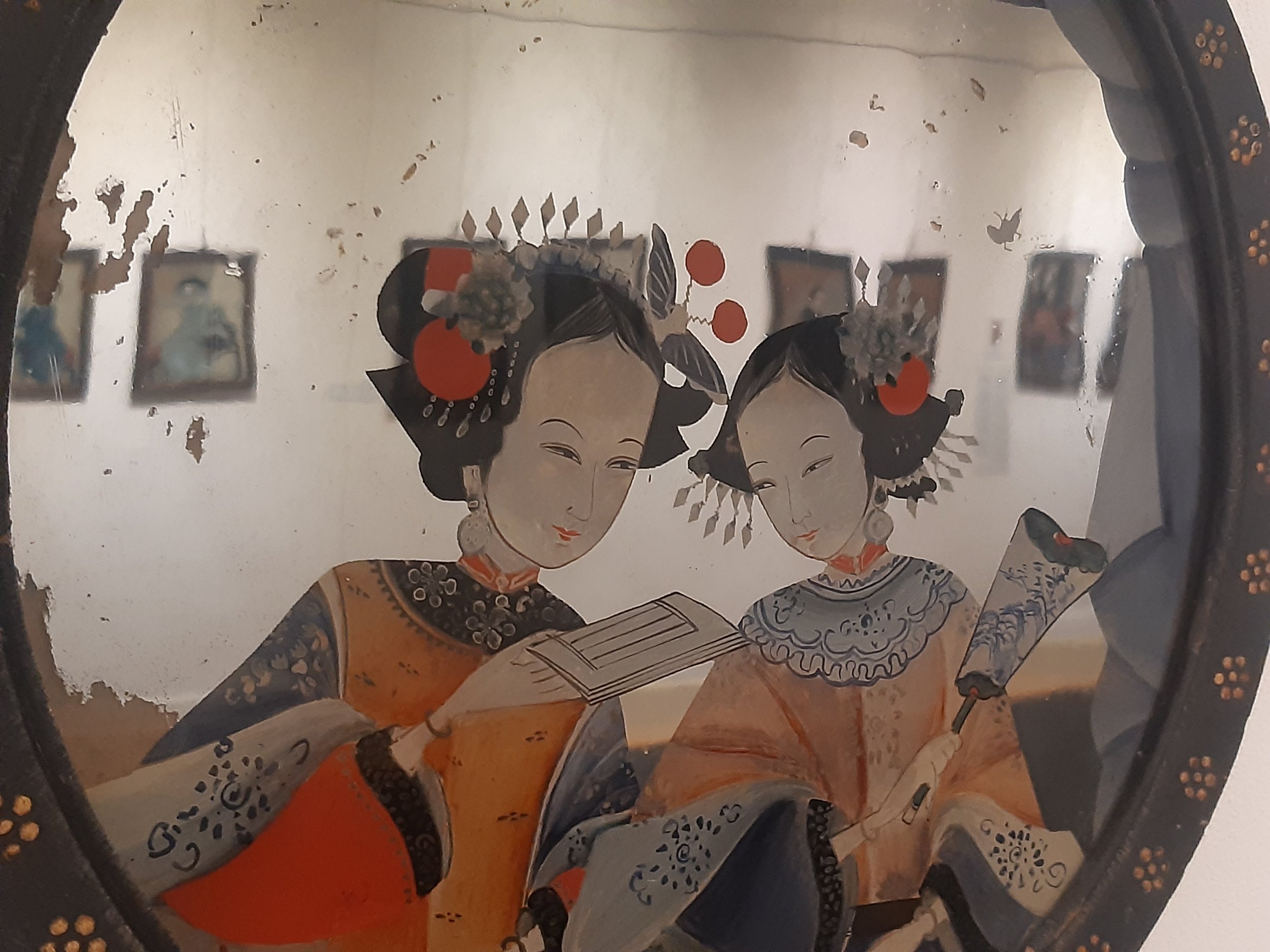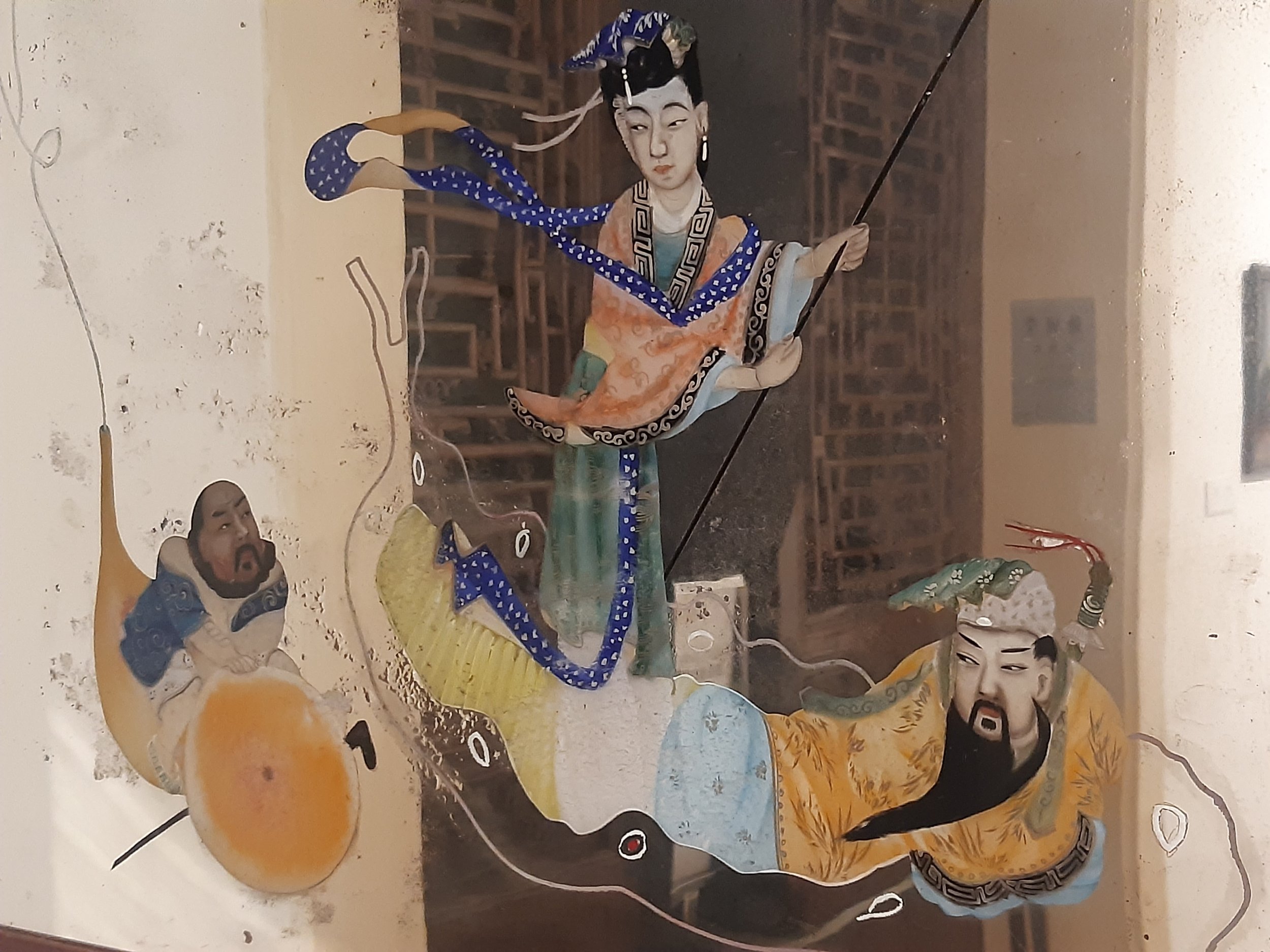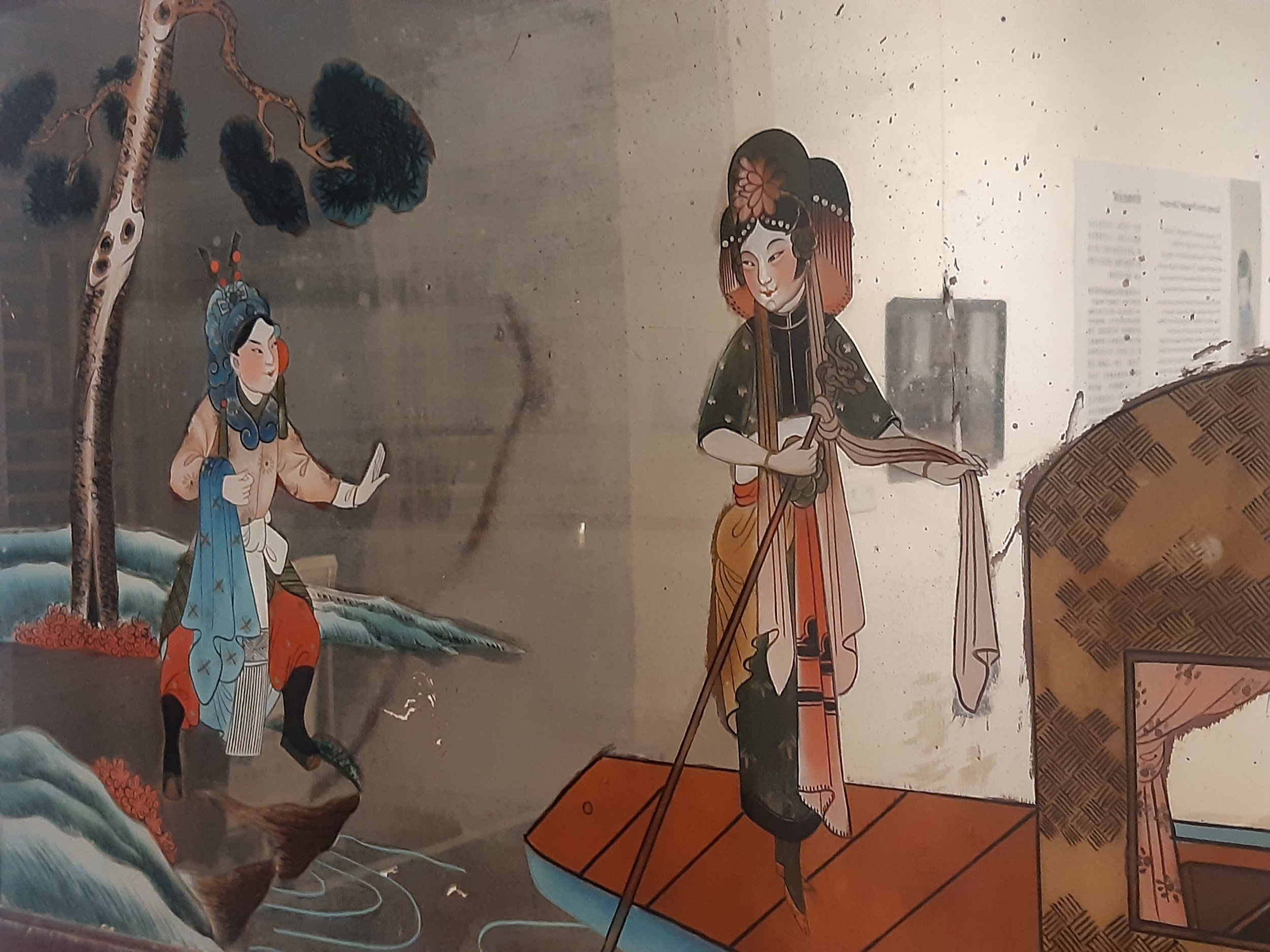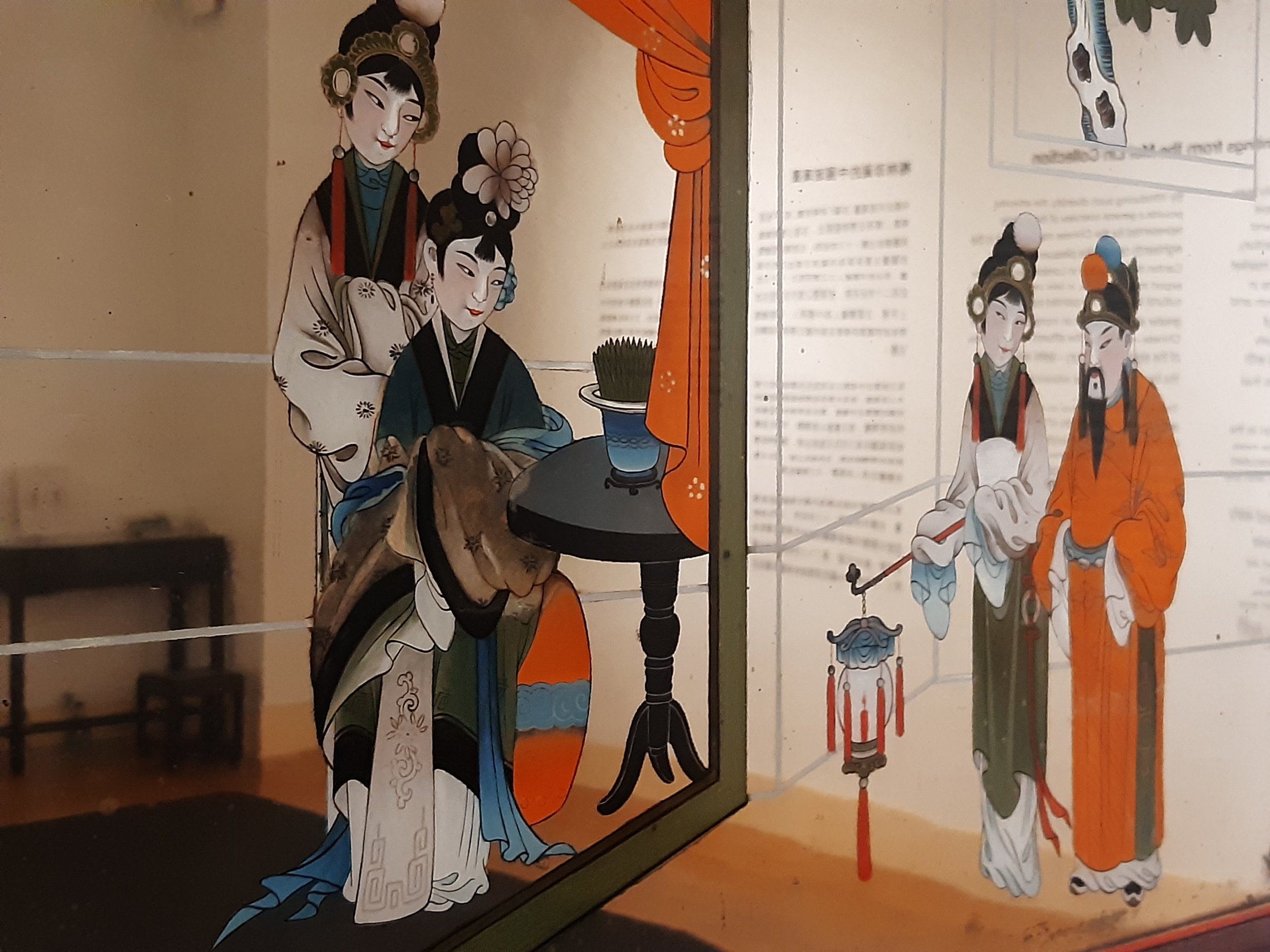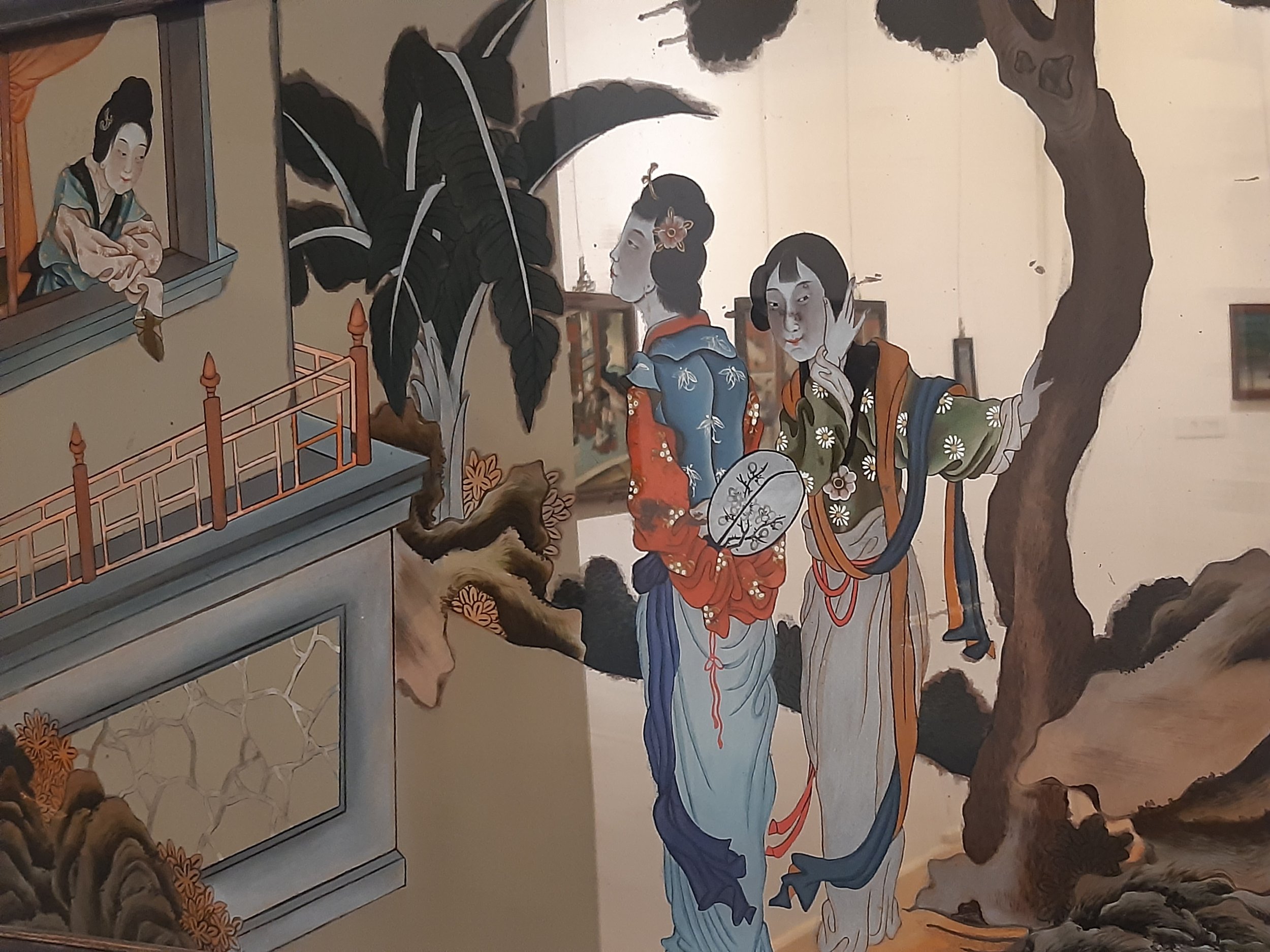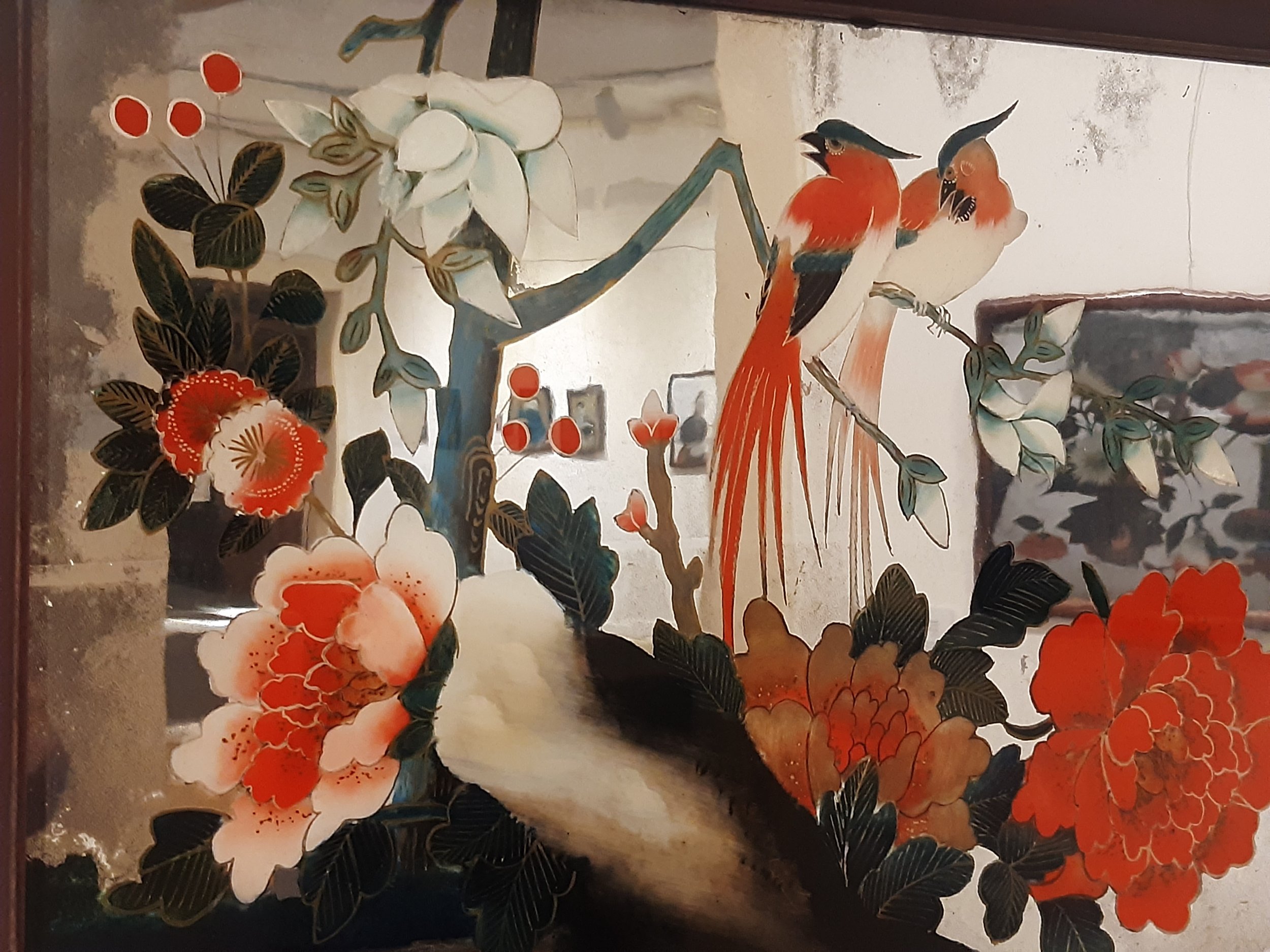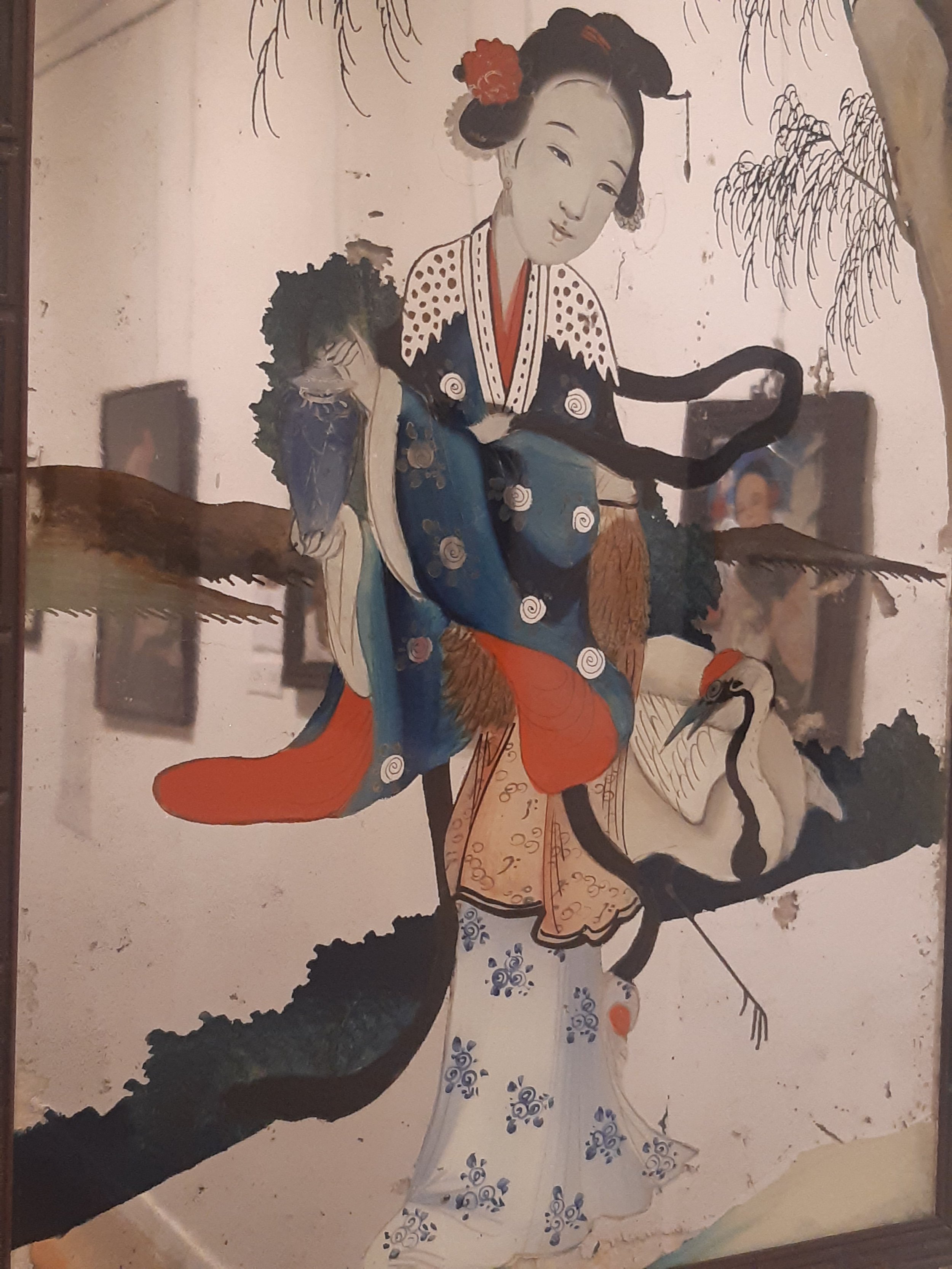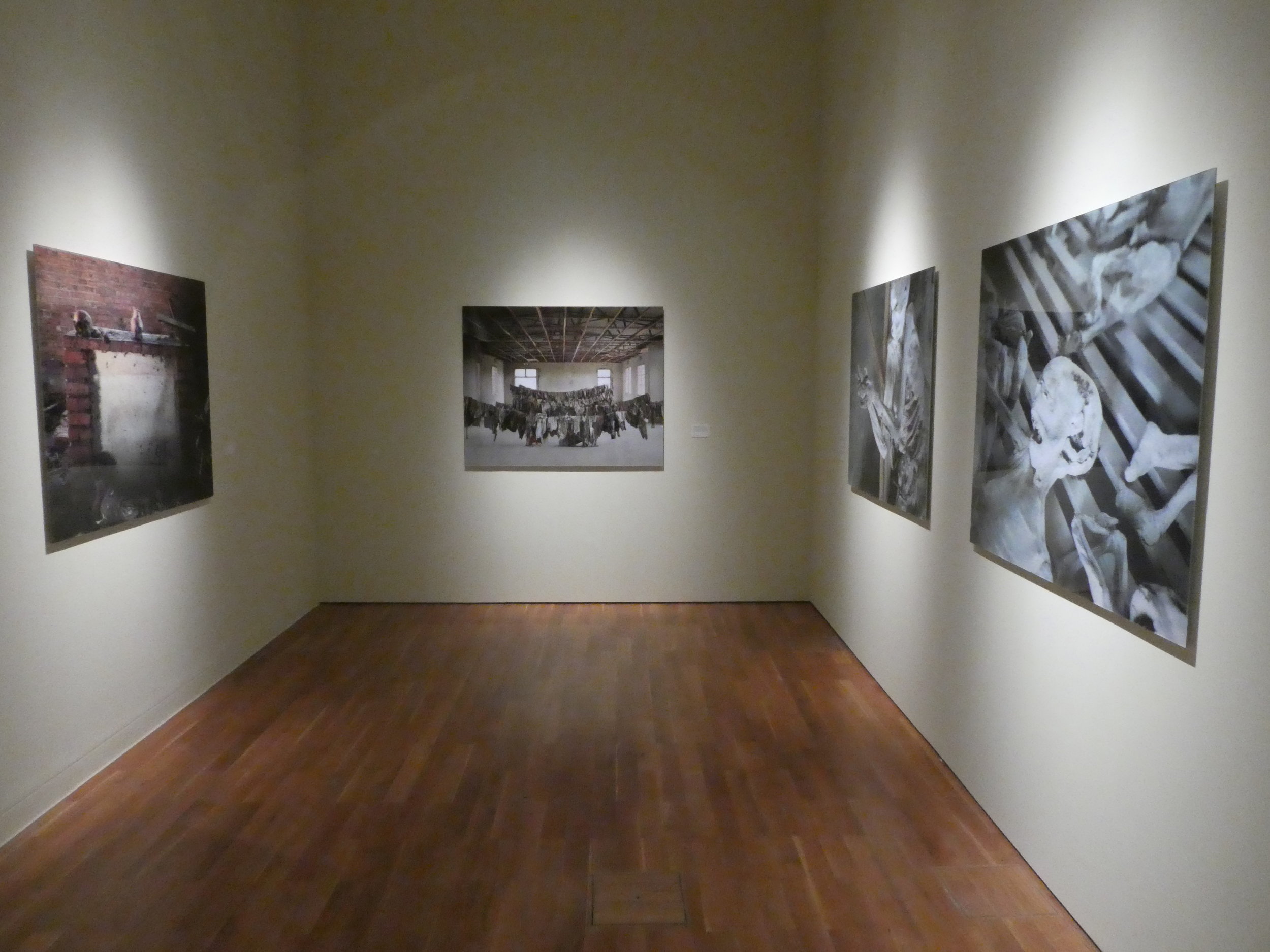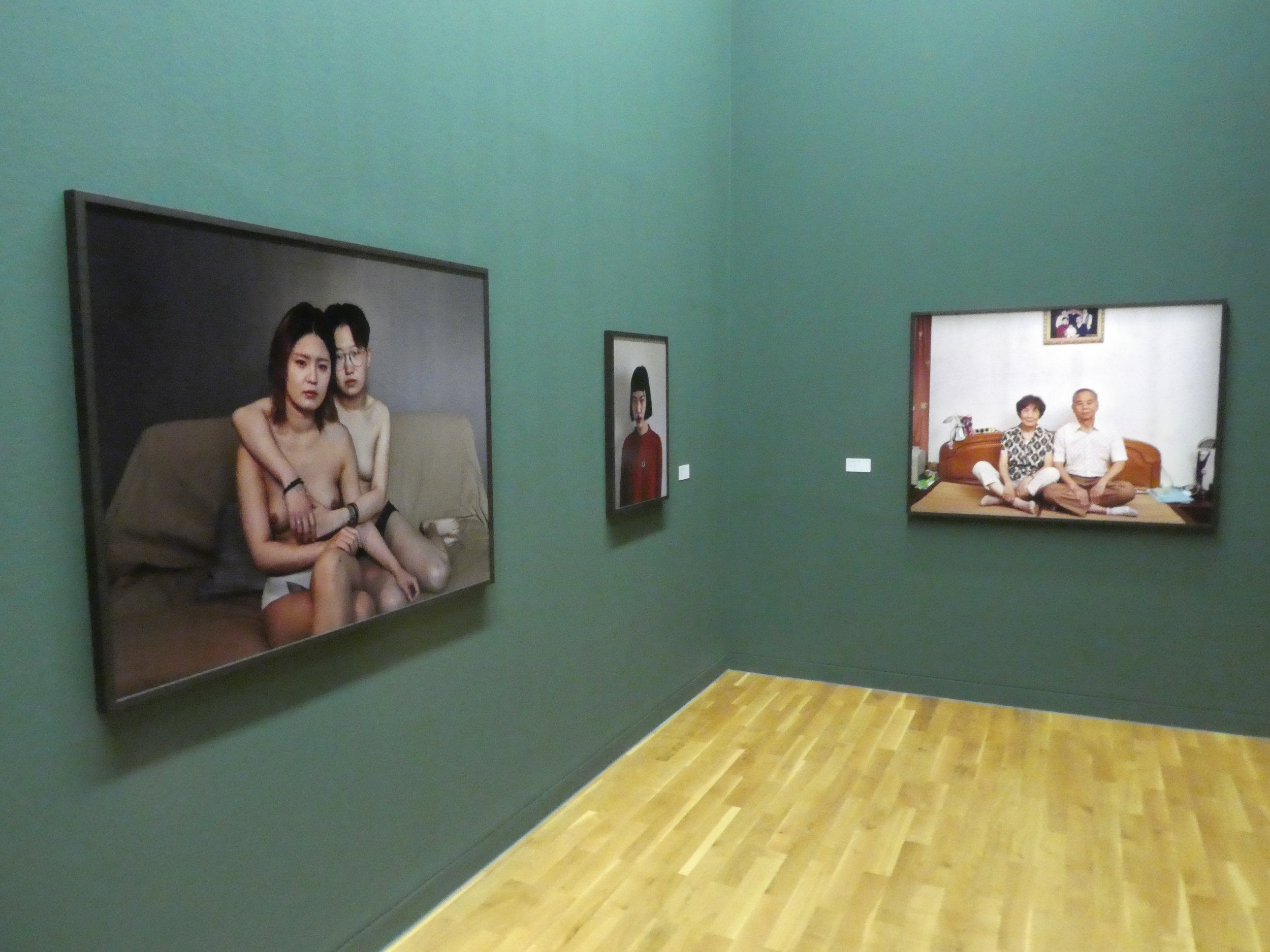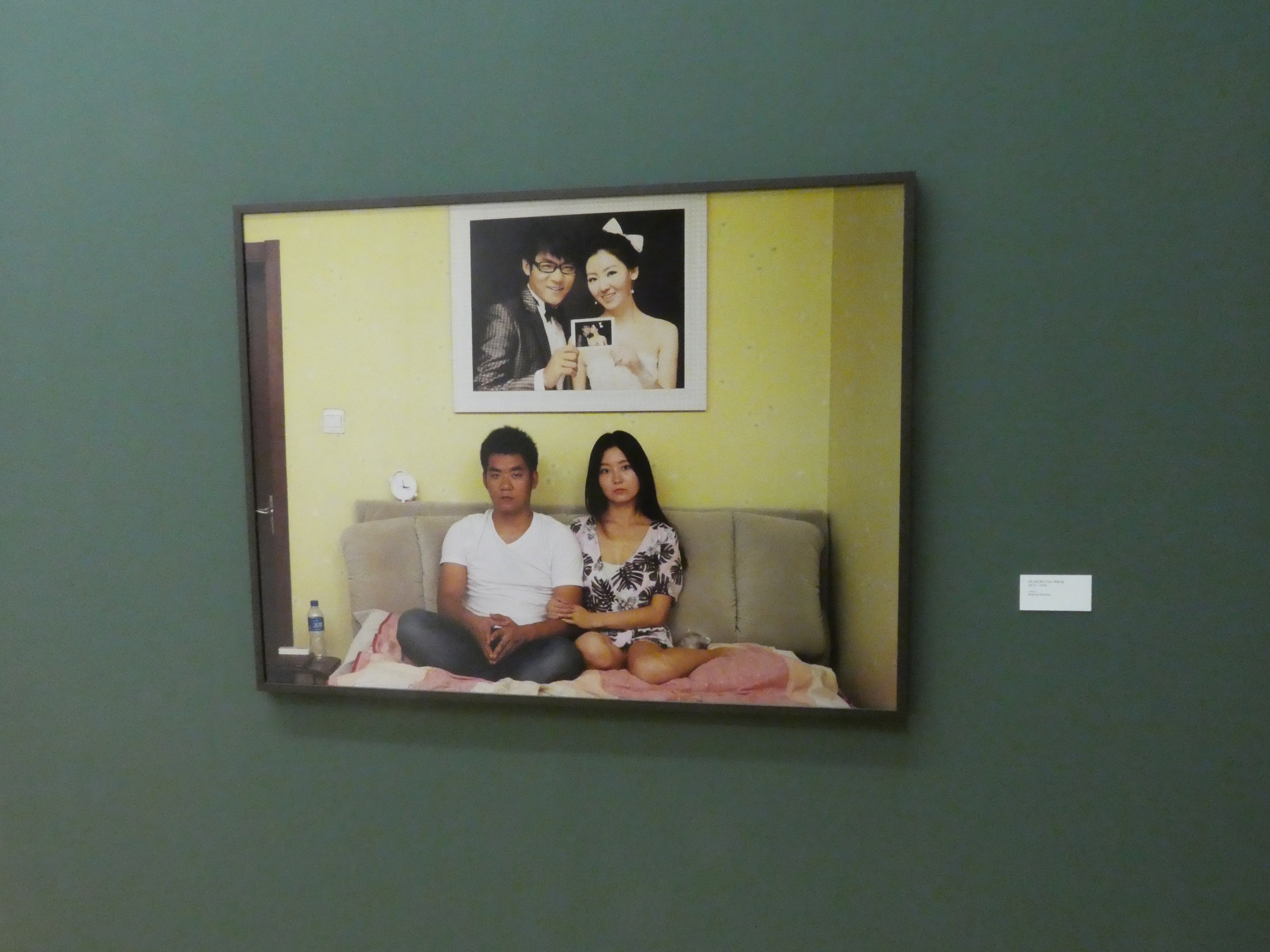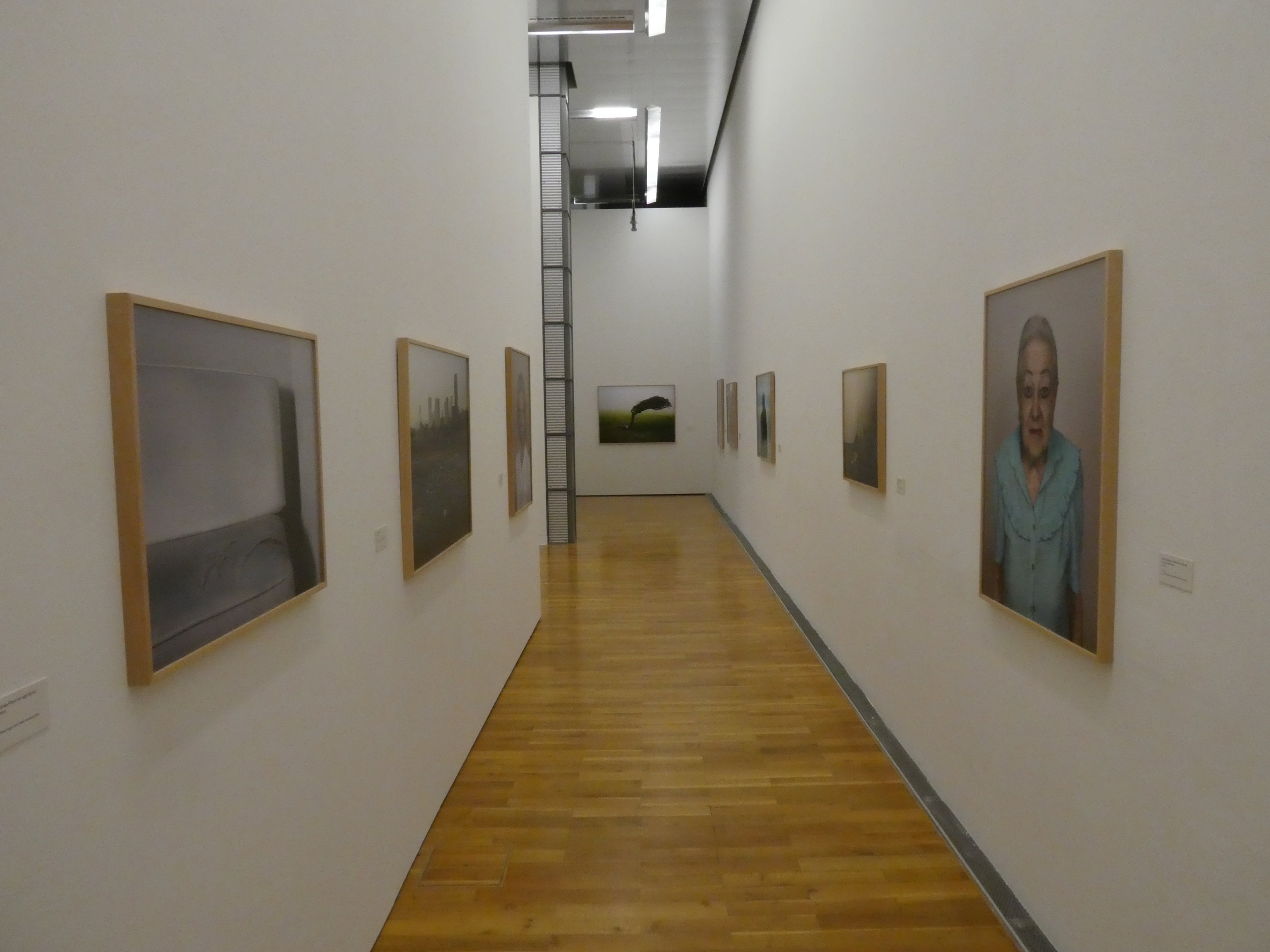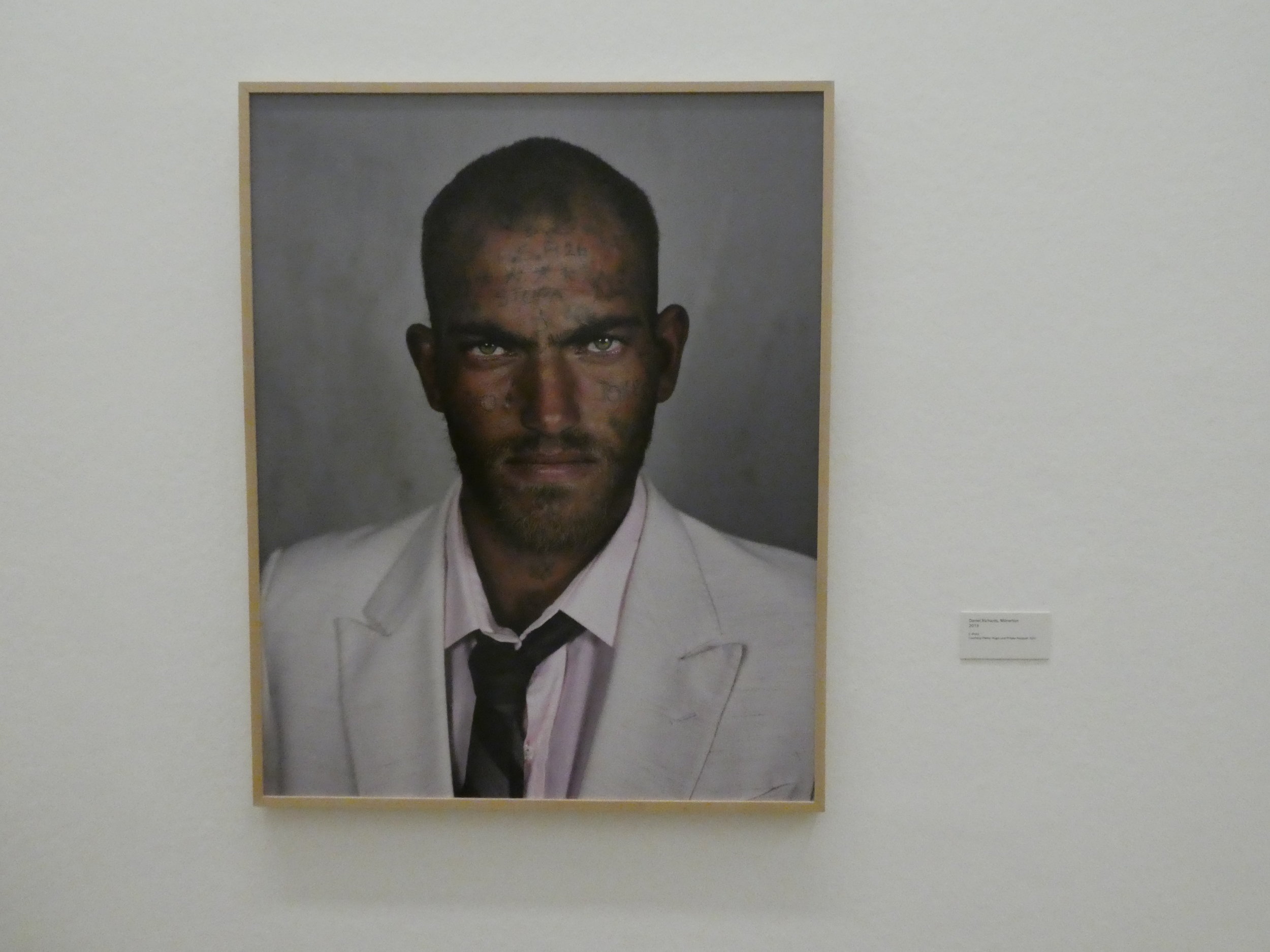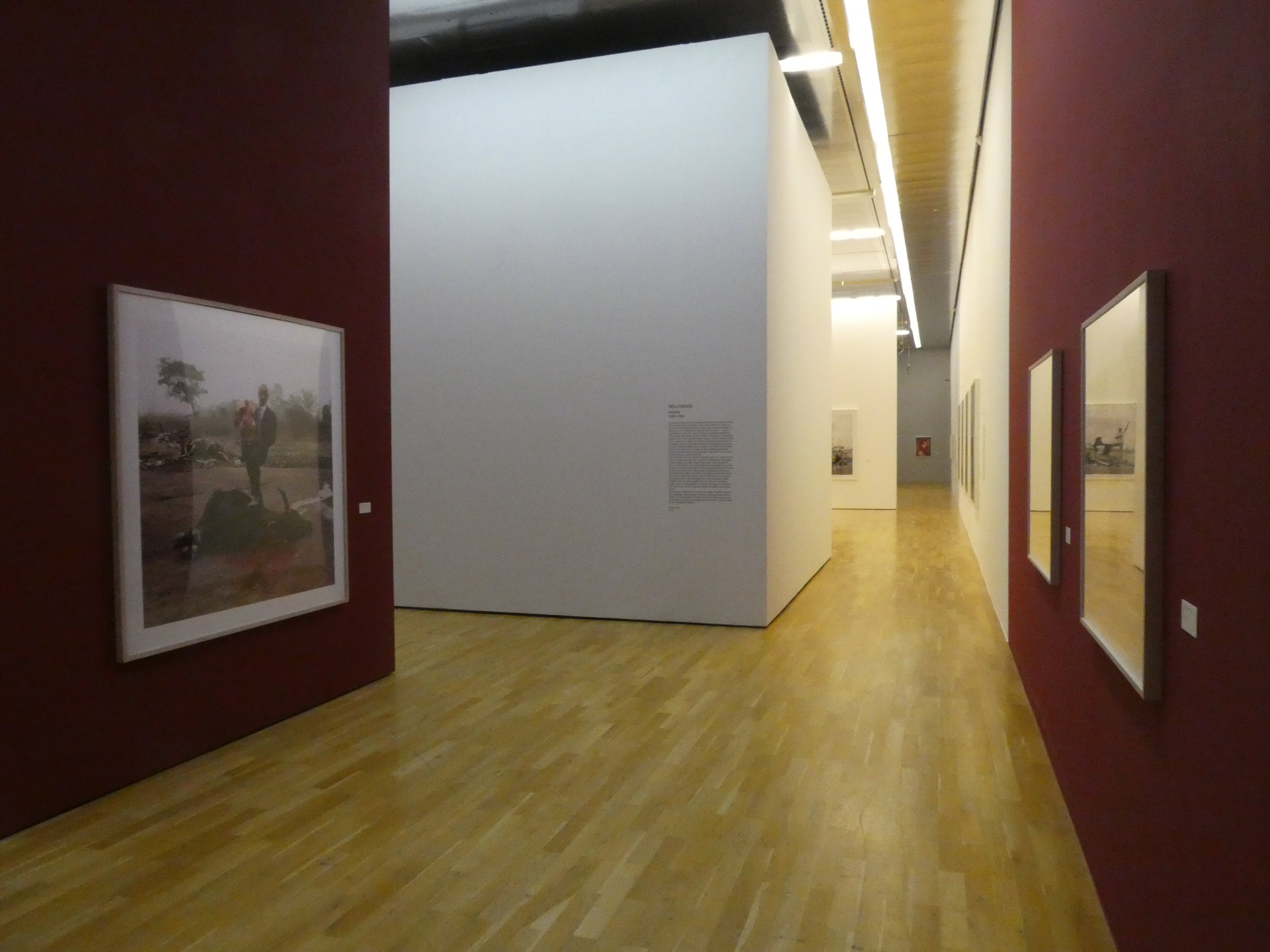During my last stay in Hong Kong, I met Elizabeth Briel, who is an American visual artist, operating in Hong Kong and Athens. We usually take the chance to catch up when I am in Hong Kong, and Elizabeth is always working on interesting projects with a technological twist. This time, she introduced me to a silk thread from Kyoto which is plated with metals, including gold. The material has the properties of silk and gets a metal shine, which can range over a whole rainbow in colours, depending on the metals used. It is a hugely labour-intensive production process, which even includes the work of children, as they have the ability to do such fine work. The material is usually used for high en embroidery. We have seen no woven fabric yet. Talking to Chinese friends, caught their interest. Would it be possible to produce enough of the thread to weave a fabric that can be used in for example an extremely exclusive wedding dress?
Perhaps the answer to this question leads to Tilburg, a city in the Netherlands that once was the centre of a “European wool empire”, and then diversified rather creatively into other industries. But building on this heritage, there is a Textile Lab on the premises of the Tilburg Textile Museum. It is a fascinating place, which acts as a “development lab for makers” in textile. During a visit, I saw that in the lab, there are conductive yarns on the shelf. Would it be possible to produce a silk yarn and twill in a microscopically thin copper thread? Then use the conductivity to plate the silk with gold using electrolysis? What would that look like? And could such a process produce enough to put it on a loom? A few weeks later, I was able to meet Vera De Pont, who is working as a yarn specialist in the lab. Vera kindly met me in the museum library, and Elizabeth joined online to brainstorm on the possibilities of a future project. This was a first and very productive step. I guess, experimenting first with different twill structures and settings of electrolysis is a good way to start seeing what happens in practice. This sounds like occupying a good part of my summer break.
(Photo of the silk yarn by Elizabeth Briel 2021)

